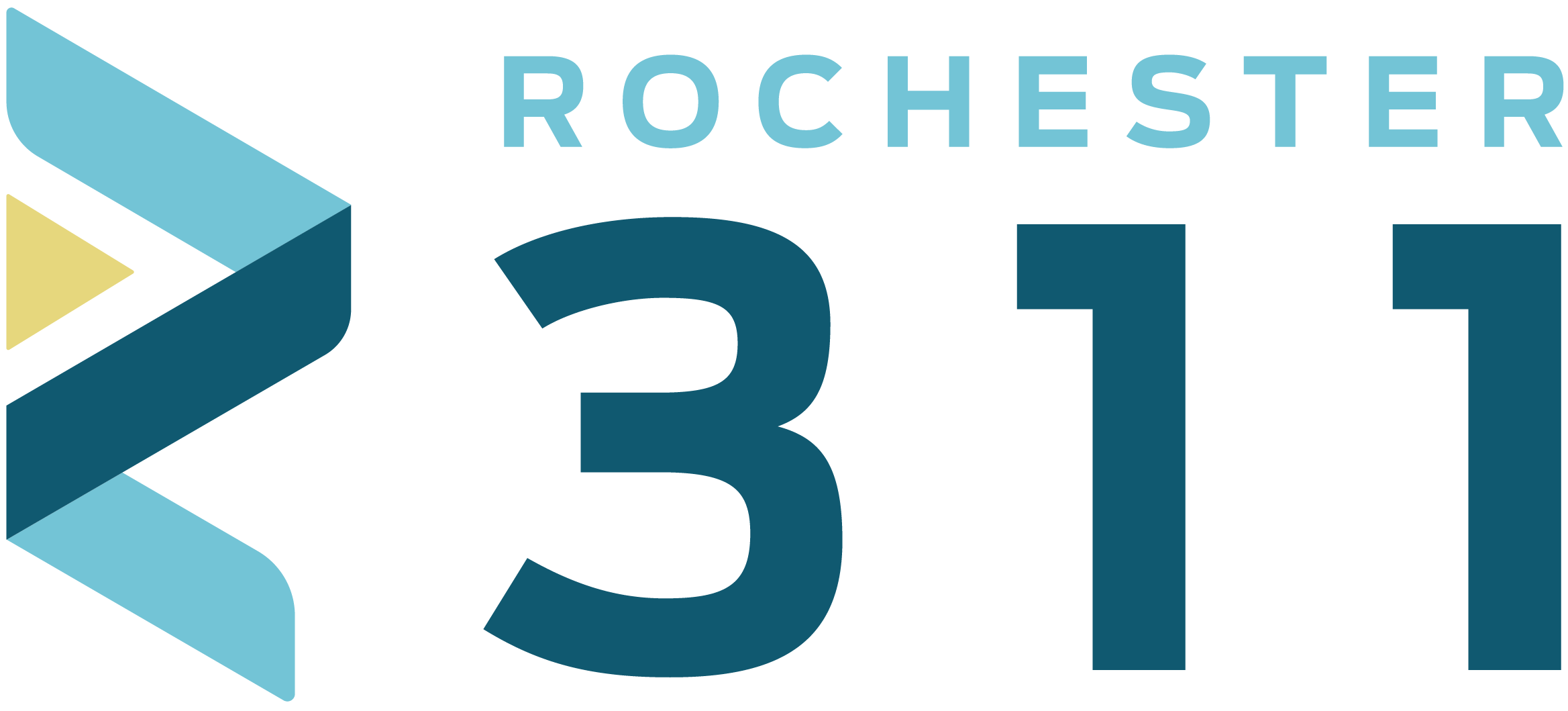Erosion & Sediment Control Practices
In order to reduce stormwater pollution during and after construction, site owners and operators are required to create and adhere to a stormwater pollution prevention plan (SWPPP). The City of Rochester conducts regular inspections to ensure construction sites are in compliance with stormwater best management practices.
Resources
For more information on Construction and Development for our water resources, visit our Construction and Development Webpage
Minnesota Pollution Control Agency
- Minnesota's Stormwater Manual
- Stormwater Program for Construction Activity
- Stormwater Compliance Assistance for Small Construction Operators (updated 2018)
Minnesota Erosion Control Association (MECA) Website
An organization comprised of contractors, suppliers, engineers and government agencies. Our goal is to promote effective erosion control and storm water management through: an annual erosion conference, regional workshops and seminars, a semi-annual newsletters, and coordinating field demonstrations.
- Grading Ordinance 4-1-3
- Single Residential Lot Grading Checklist (updated 2014)
- Subdivision and Non-Residential Grading Checklist (updated 2017)
- Stormwater Pond Maintenance Inspection Checklist
Erosion & Sediment Control Practices (MPCA Stormwater Manual)
Ensure Compliance:
- Stabilized Vehicle Entrances
- Inlet Protection
- Perimeter Controls
- Waste Receptacles
- Concrete Washout Sites
- Site Stabilization (MPCA Stormwater Manual)
Stabilized Vehicle Entrances
Vehicles leaving construction sites track sediment onto adjoining roadways. This sediment can create serious safety hazards as well as contribute significantly to sediment pollution problems in waterways. Stabilized vehicle entrances are typically an area covered by 6 inches of rocks (ranging in size from 1.5 to 3 inches) that remove mud from the tires of vehicles as they exit the building site and enter the street. Sediment tracked offsite must be removed within 24 hours of discovery to prevent it from being washed away by stormwater and to avoid a safety hazard. It is important to note that street sweeping to remove sediment tracked to the street is required, but it is NOT an alternative to having a stabilized vehicle entrance.
Inlet Protection
The goal of stormwater inlet protection is to trap sediment from a construction site before it enters an inlet. This will keep sediment from being transported to lakes or streams and can also prevent clogging of the inlet caused by heavy sediment loads. A stormwater inlet refers to manholes, catch basins, curb inlets and other drop-type structures constructed to direct stormwater into storm sewers or other underground drainage systems. Inlet protection best management practices (BMPs) are fairly inexpensive, easy to construct, and if maintained properly can successfully reduce sediments from entering our waterways. Inlet protection BMPs should be installed prior to any soil disturbance taking place where stormwater systems are in place or as soon as storm sewer systems are constructed and inlets begin collection stormwater.
Perimeter Controls
Perimeter control is a method of sediment control best management practices (BMPs) that acts as a barrier to retain sediment on a construction site. Sediment control BMPs are intended to slow and hold stormwater, filter runoff, and promote the settling of sediment out of runoff. The perimeter sediment control BMPs must be established before any land disturbing activities begin and must remain in place until final stabilization has been established. Silt fence is a commonly known method of perimeter control; however, other types of perimeter controls exist that can be equally or even be more effective depending on the construction site circumstances. Examples of other BMPs include: ditch checks, rock logs, compost/sod berms, and existing vegetation.
Waste Receptacles
Construction sites are required to properly dispose of solid waste and hazardous materials. Collected sediment, asphalt and concrete millings, floating debris, paper, plastic, fabric, construction and demolition debris and other wastes must be collected and disposed of properly and must comply with MPCA disposal requirements. Waste receptacles should be covered to prevent the wind from causing unintentional litter. Products that have the potential to leach pollutants into stormwater must be covered by plastic sheeting or temporary roofs. Hazardous materials and toxic waste must be properly stored in sealed containers to prevent spills and leaks.
Concrete Washout Sites
The chutes of concrete mixers and hoppers of concrete pumps are typically rinsed out after delivery of concrete. Tools, hand mixers and wheel barrows are also washed to prevent damage to the equipment. Hardened concrete is relatively benign. However, liquid concrete wash water is a caustic material due to a high pH and it contains hazardous metals such as chromium. These materials can leach into the ground and contaminate groundwater. The high pH can inhibit plant growth and harm aquatic life if the runoff migrates to a lake or stream. Solids from liquid waste that are improperly disposed of can clog storm drain pipes and cause flooding. Washout facilities are used to contain all concrete and liquid wash water generated by the construction activity. Liquid and solid washout wastes must be contained in a leak-proof container and cannot contact the ground. The washout containers should be covered to prevent exposure to rainfall and potential overflow. Washout facilities should also be used for cleaning other cementitious (cement-like) construction materials from tools and equipment such as stucco, mortar, plaster and grout. Depositing the wash water into a container allows evaporation and hardening to occur for easier disposal and to prevent runoff of liquids.
